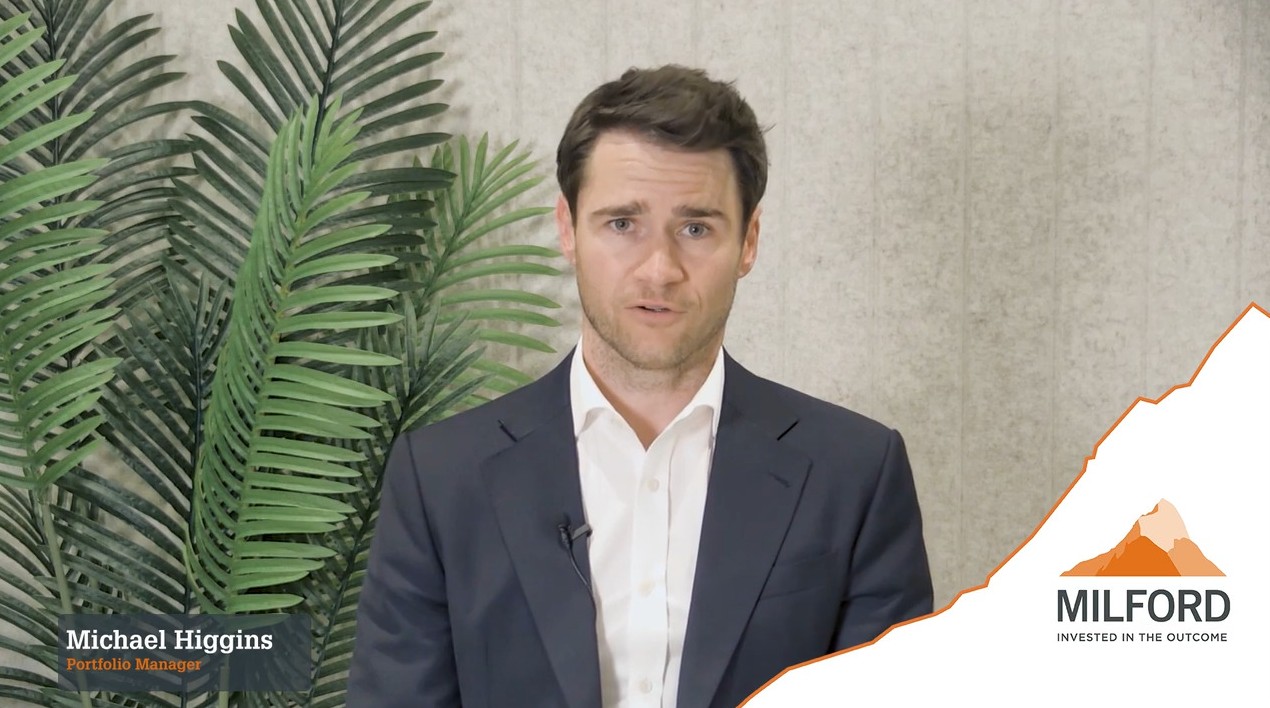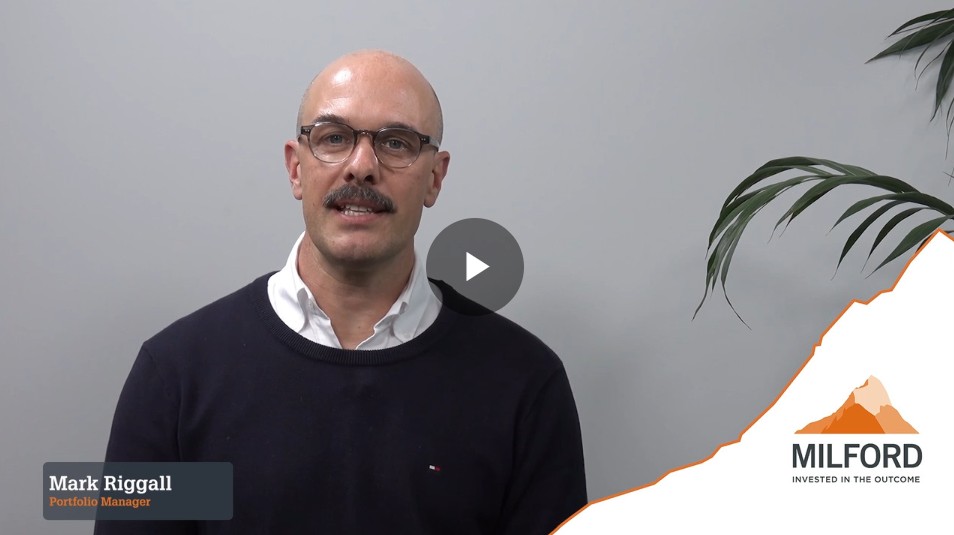In our first Quarterly Adviser Q&A I interviewed two financial advisers about their different businesses and how they have adapted during the COVID-19 crisis. We discuss what technology or processes they’ve adopted, how communication has changed, and where they think markets are headed.
Our Featured Advisers:
Benjamin Wise works for Bell Partners Wealth Creation and Financial Advisory which is a division of Bell Partners Accounting and Advisory and operates under its own AFSL. In the Sydney office they have 6 Financial Advisors and a team of 4 administration staff. Ben joined the business in May of 2018 after the demise of the HSBC Financial Planning arm.
Rachel O’Connor (CFP, CA) started her own advice practice, Flourix Wealth, in April 2019. Flourix caters to predominantly women aged 30-60 and operates under the Madison Financial Group AFSL. Rachel uses outsourced paraplanning and administration staff.
What’s keeping you busy at the moment?
Benjamin: Clients and client enquiries, not surprisingly more and more people are reaching out for advice and guidance during these highly uncertain times. We are fortunate to be a part of a larger business which has seen an increase in enquiries from new and existing clients to help navigate through everything. We have also had more contact with existing clients which has been about checking in and giving them comfort that we are looking after them, their best interests, and the funds they have entrusted us to manage for them.
Rachel: New client work has been keeping me busy which is lovely, and critical, as I am trying to build my business. It’s been interesting as I know how to be a financial adviser but I’ve been learning on the job a whole new set of skills like how to run a business, set up processes, and make the practice profitable.
How has your business changed because of COVID-19?
Benjamin: Our business changed overnight, shutting down for 6 weeks at the end of March. It was a huge adjustment and the first week was the hardest. We had to adapt to using Zoom and Microsoft teams, not only for client meetings but also for running the business and ensuring staff were connected and productive. What resulted was a much more flexible working environment that empowers and trusts employees. There was not the expectation that you had to log on for 8 hours consecutively, but you would stay connected and get back to emails in a reasonable time frame.
Rachel: I used to think that the key to onboarding new clients, building rapport and delivering good service was face to face meetings. What’s been so interesting to realise is that’s just not true for every client and I’ve continued to win business. I’ve also found ways to streamline work processes through tech, as well as enhance security of clients’ information by using digital signatures and electronic encrypted portals. There have been some clients resistant to the overload of new tech who prefer to use paper, but I think that’s evolving.
What changes do you think will remain once restrictions ease?
Benjamin: As a team we’ve had a discussion about what our work environment will look like in 6 months and we just don’t know. Pre-COVID, having 40% capacity in the office would be unheard of. Now flexible working is something we are much more comfortable with so I think that will stay. Because we had to adapt quickly to digital communication over Zoom or Microsoft teams it was a big learning curve in how to communicate and engage with staff. As a result, we had more discussions about mental health because we noticed it was affecting staff. Now, I think junior staff feel more empowered to speak up, and there’s a bigger sense of comradery.
Rachel: I will be more focused on keeping things efficient and using tech to keep things more streamlined. I won’t go back to multiple meetings as a default part of my service offering, instead finding a balance that works for clients. I have recently begun offering face to face meetings as well as digital meetings and have found that most of my younger clients are happy to continue communicating online.
Where do you think markets are headed?
Benjamin: I always try and be as optimistic as possible about markets but it is really just too hard to call at the moment, with the inevitable winding back of stimulus packages and re-opening of the economy I think we will see more pain, I am hopeful that once things return to ‘normal’ we will see more direction.
Rachel: My sense now is a lot of the uncertainty of the situation has settled, we have data to base assumptions on going forward in this environment. My hope is it is positive from here.
How have you adjusted client portfolios?
Benjamin: Instead of making large adjustments around asset allocation or manager choice, I’ve been focusing on revisiting clients’ goals. The purpose of this was not to be reactive and make rash decisions around selling down portfolios unless there was a specific need for that capital. As with any large market movement there were also several clients looking to take advantage of the lower asset price values. Particularly while we are still in the low interest rate environment where risk free returns are almost non-existent.
Rachel: My approach has always been to use SMAs or actively managed funds and leverage off the skill and expertise of the fund manager. What is important for me is to focus on understanding the client’s circumstances, goals and needs to set up the right portfolio, and communicate with them rather than making big asset allocation changes myself.
Do you feel that your service providers have been supporting you during this? i.e. fund managers
Benjamin: Yes I do, I really appreciated the amount of Investment commentary from fund managers. We were able to use this to communicate to clients at a time when they were a quite concerned about markets.
Rachel: Yes, the support particularly in the form of adviser briefings and commentary from investment managers like Milford really helped give me insight I could pass on to clients. The material that has come through has been good and timely.
Are you finding more clients exploring other alternative investments or stores of wealth i.e. gold and bitcoin?
Benjamin: Definitely, I think that is an encouraging sign that clients want to make investment decisions. The main two alternative options would be Gold and Cryptocurrency. What I found though is that through conversations with clients this was often a kneejerk reaction without the proper research and due diligence we would normally go through with clients before making an investment recommendation.
Rachel: No, with the nature of my client base I haven’t had clients ask me about these sorts of alternative investments. What I have noticed the surge of interest in retail investment in direct stocks, with a few clients wanting to know what the next Afterpay will be. In these cases, we end up having a broader discussion about their motivation and goals.
There has been a lot of talk over increased demand for advice. Where is it coming from/what age groups?
Benjamin: We’ve definitely seen an increase in inquiries particularly from a younger client base (35-45 year olds) who were previously about 5 years away from asking for advice but now are forced into reviewing their super and financial situation due to the COVID crisis.
Rachel: I do think there has been a surge in people wanting advice. Particularly early in the COVID-19 crisis because clients had a lot more time on their hands. Financial advice is often on people’s radar but it’s harder to bump this up from ‘nice to have’ up to ‘urgent’. So its people who always thought ‘I should do something about this’ that are now taking action.
Thanks to Benjamin and Rachel for participating. If you would like to hear more from peers in this format please click the subscribe button below sign up to our blog, or click here to follow Milford on LinkedIn.



